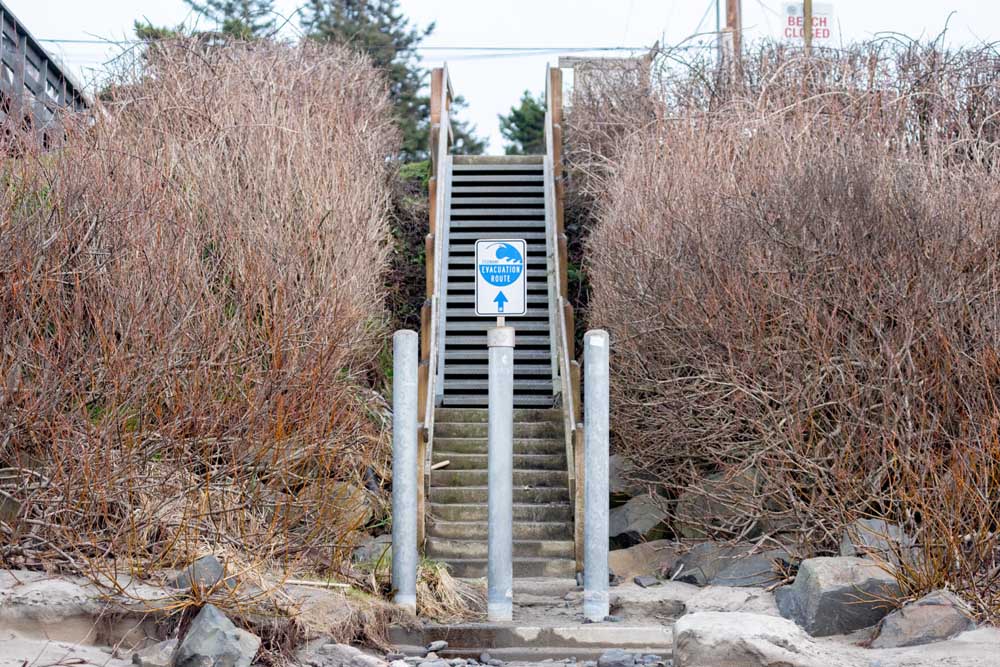Wins and losses for Oregon schools as session wraps
Published 12:00 am Monday, July 13, 2015
The end-of-session spin was uneven, if not unexpected.
Democrats said education was one of their top priorities, “because every Oregonian deserves a fair chance to succeed.” Republicans called school funding “woeful,” “perhaps the biggest travesty of this session.”
Trending
“If I had to give the Legislature a grade on what they did, I’d give them a solid B,” said Jim Green, deputy executive director of the Oregon School Boards Association.
In a packed session that ended last Monday — with marijuana, transportation funding, the minimum wage, guns, clean fuel standards and more issues all competing for legislative attention — supporters say this wasn’t a year for big moves in education. Instead they point to wins (support for bilingual students) and losses (opt-outs on standardized tests) and call it something of a draw.
But it’s unclear what all this means for the state’s ambitious 40-40-20 goal, championed by former Gov. John Kitzhaber and approved by the Legislature back in 2011: By 2025, 40 percent of adult Oregonians will have at least a bachelor’s degree; 40 percent will have at least an associate degree or certificate; the remaining 20 percent or less will have a high school diploma or equivalent.
Early in the session legislators approved $7.255 billion for K-12 schools and said they hoped to add to the pot in the coming months; the figure ended up at $7.4 billion. That’s still less than what school officials across the state said they needed to avoid making cuts and well below the $8 billion once floated by Republicans, led by Bend’s Sen. Tim Knopp.
The Legislature put $35 million toward career and technical education and STEM — science, technology, engineering and math — programs that Democrats say will help high school graduation rates and better prepare students entering the workforce.
It also approved $12.5 million to help English language learners. Currently districts receive an additional $3,000 for each student identified as such, but there are few guidelines for how the money is to be spent. The bipartisan measure (House Bill 3499) directs the Oregon Department of Education to develop a plan to track student progress and spending. It had the backing of groups representing school boards, administrators, teachers and others; Rep. Gene Whisnant, R-Sunriver, was a chief co-sponsor.
Trending
But the big funding conversation some were looking for — revenue reform that would ease schools’ reliance on income taxes that go up and down with the economy — was not to be. Others hoped lawmakers would consider putting money from the income tax kicker, which could return $473 million to taxpayers, instead toward schools.
“We really think they missed a significant opportunity in not addressing the issue of the kicker,” said Iris Maria Chavez, government affairs director for the education advocacy group Stand For Children Oregon. “The Legislature chose not to even hold a hearing on that.”
Another disappointment for many education advocates was passage of an opt-out bill (House Bill 2655), which allows parents to excuse their children from taking state tests for any reason. Knopp was a chief co-sponsor and Whisnant was a co-sponsor.
Federal officials have warned the state could lose out on $140 million a year or more in federal funds if too many students opt out. In a statement after signing the bill, Gov. Kate Brown said schools “must engage with parents about the value of assessment and the potential consequences if parents opt out and student participation diminishes.”
Oregon students took the Smarter Balanced test for first time this year. Aligned with the Common Core curriculum, it’s considered tougher than the state’s previous test and some districts saw waves of students opting out of taking it this spring. But opponents to the opt-out bill argued schools need accurate test results to determine which student groups need extra help.
“We were talking about this at the same time as we were doing it for the first time,” said Kylie Grunow, public policy director for the Chalkboard Project, a Portland-based education nonprofit. She suggested lawmakers could have waited a year before making it easier for families to opt-out. “If federal funds are at risk, was that bill really worth it?”
Tuition plan won’t cover all
The biggest victory for community colleges this session was likely their funding. They had asked for $550 million for 2015-17, up 22 percent from the last biennium, and that’s what they got.
But the most talked-about item for community colleges came in the final days of the session, when lawmakers approved the so-called Oregon Promise plan (Senate Bill 81) to cover two years of community college tuition beginning in 2016-17 for Oregon students six months out of high school. Students must apply for federal financial aid and what’s left over on their tuition bill will be covered by the state, a minimum of $1,000.
But legislators only appropriated $10 million.
“It is not enough to cover all graduating high school students,” Andrea Henderson, executive director of Oregon Community College Association, told Central Oregon Community College directors last week.
Officials must now decide how the money will be allocated and what schools or students will get first dibs. Future funding for the program will likely depend on success in the first year, Henderson said.
Lawmakers also acted to freeze expansion of fifth-year programs (Senate Bill 898) in which high school students can attend a year of community college for free, paid for by their school district. Supporters say these programs make college accessible to low-income students, while opponents argue it takes money — up to $9.5 million in the last school year — away from K-12 schools.
In Central Oregon, Redmond, Jefferson County and Crook County schools offer fifth-year programs.
Some COCC board members appeared skeptical of the free tuition plan, asking what “skin in the game” students would have going to college for free. (Students will still pay $50 in tuition.)
“I think ‘free’ is great for access,” said Bruce Abernethy, a COCC board member who represents Bend. “I haven’t seen the numbers for what ‘free’ does for completion (rates).”
A recent audit found less than a quarter of Oregon community college students completed an associate degree or certificate within seven years. Such a low completion rate is bad news for the state’s 40-40-20 goal. To help achieve the goal, Kitzhaber created the Oregon Education Investment Board, tasked with creating a seamless path for students from preschool to college and beyond.
This session the Legislature eliminated that board.
Chavez, from Stand For Children Oregon, said the move had some questioning what that meant for 40-40-20. “I think it’s an attainable goal, she said, “but I’m less convinced that people are committed to that being the goal.”
— Reporter: 541-617-7837,
aspegman@bendbulletin.com








